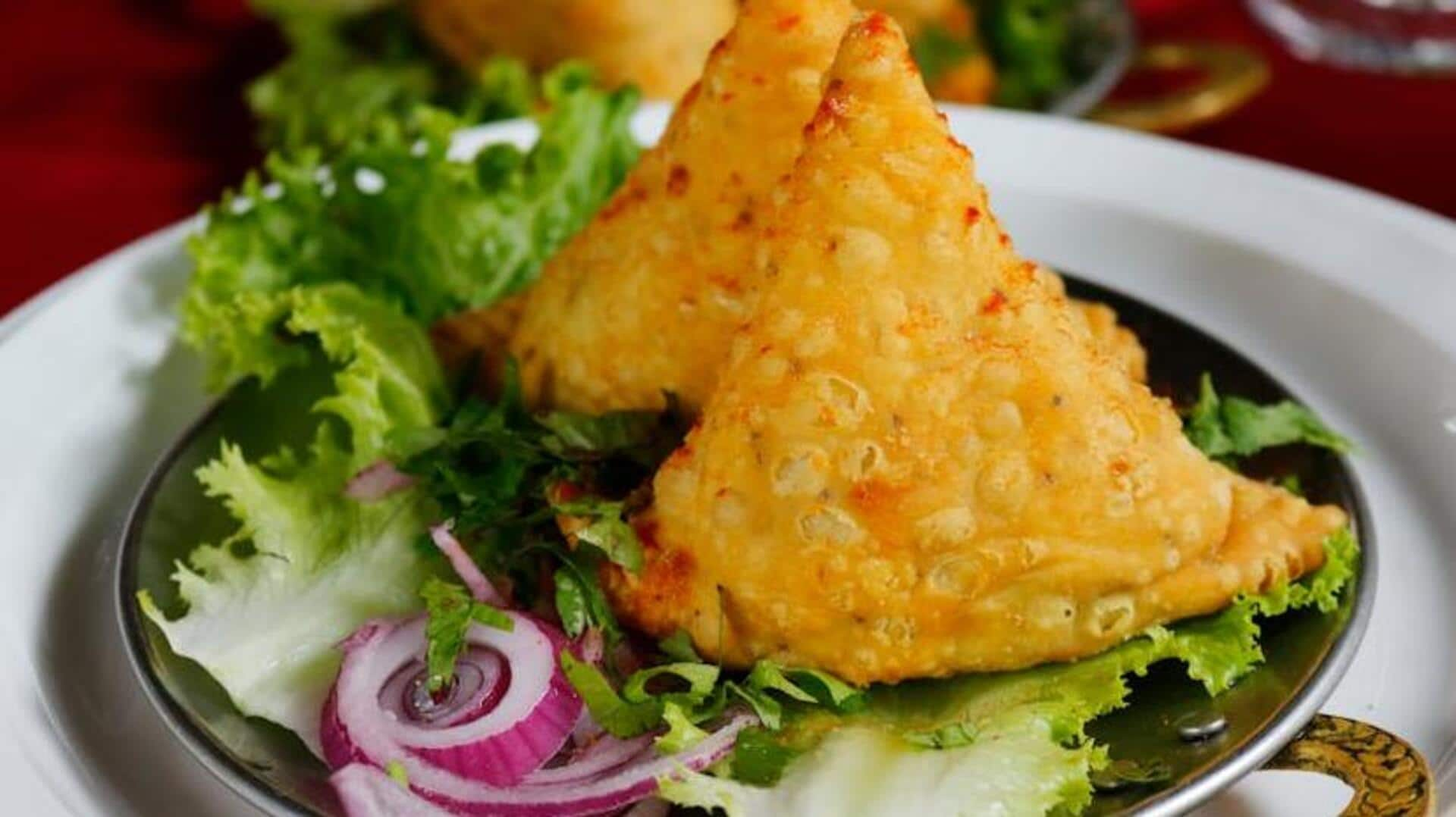
From India to everywhere: The flavorful rise of samosa
What's the story
Samosas, the much-loved snack from the Indian subcontinent, have changed so much over the globe. The delicious triangular pastry has been welcomed by several cultures, all giving their own unique twist to the age-old recipe. From spicy fillings to sweet versions, samosas have adjusted to local flavors and ingredients. Here, we take a look at how samosas have evolved in different world cuisines.
South Asia
Samosas in South Asian cuisine
In South Asia, samosas are mostly stuffed with spiced potatoes and peas. They are served with chutneys or sauces which add to their taste. In India and Pakistan, street vendors sell them as a favorite snack. The addition of local spices such as cumin and coriander makes these samosas unique. Gradually, variations with lentils or paneer have also become popular.
Middle East
Middle Eastern influence on samosas
The Middle East has adopted samosas by adding local flavors like chickpeas and herbs like parsley and mint. Referred to locally as sambousek or sambusak, these pastries are usually smaller than their South Asian equivalents. They can be seen at family gatherings or at festive occasions.
Africa
African variations of samosas
In Africa, especially in nations like Kenya and Tanzania, samosas are a common feature at social gatherings. Here, they could have fillings like vegetables combined with spices local to the area. The Indian influence is apparent owing to the historical trade links between India and East Africa.
Western world
Western adaptations of samosas
In Western countries such as the United States and United Kingdom, samosas have been turned into fusion dishes that appease different kinds of taste buds. The fillings could range from cheese to even chocolate for dessert variants! From what it seems, the West is open to experimenting with traditional recipes, but the crux of what makes a samosa delicious remains the same: crispy outer layer with flavorful fillings.